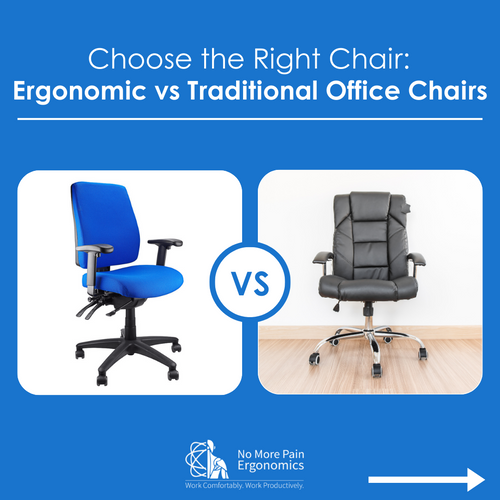Ergonomic mice are designed to reduce the risk of pain and discomfort caused by prolonged use of traditional computer mice. But, how did the concept of ergonomic mice come about? Let's take a look at the history of ergonomic mice.
The first computer mouse was invented in 1964 by Douglas Engelbart, a researcher at the Stanford Research Institute. It was a simple device, consisting of a wooden box with two metal wheels, and it was primarily used for text selection. However, as computers and technology evolved, so did the mouse.
In the early 1990s, ergonomic mice began to appear on the market. These mice were designed to reduce the risk of repetitive strain injuries (RSI) caused by prolonged use of traditional computer mice. These early ergonomic mice featured unique designs that allowed for a more natural hand position and reduced the amount of gripping and squeezing required to use the mouse.
One of the first ergonomic mice was the "Vertical Mouse", which was introduced in the mid-1990s. This mouse was designed to promote a more neutral hand position and reduce the risk of RSI. It featured a vertical design that allowed the user to grip the mouse with their hand in a handshake position, rather than having to grip it with their fingertips as with traditional mice.
Another early ergonomic mouse was the "Trackball Mouse", which was first introduced in the late 1990s. This mouse featured a trackball that was located on the top of the mouse, rather than on the bottom. This design allowed for a more natural hand position and reduced the amount of gripping and squeezing required to use the mouse.
In the early 2000s, new ergonomic mice designs began to appear on the market, such as the "Thumb-operated Mouse" and the "Finger-operated Mouse", which were specifically designed to reduce the risk of RSI caused by prolonged use of traditional computer mice.
Today, ergonomic mice come in a variety of designs, including vertical, trackball, thumb-operated, and finger-operated designs. They are popular among individuals who use computers for prolonged periods of time and have been shown to reduce the risk of RSI caused by prolonged use of traditional computer mice.
In conclusion, the history of ergonomic mice has evolved over time and will continue to do so. The development of ergonomic mice is an ongoing effort to create devices that are comfortable, easy to use, and reduce the risk of pain and discomfort caused by prolonged use of traditional computer mice. Ergonomic mice are now a vital tool for anyone who use computers for prolonged periods of time, whether in the office or at home.
















← Older Post Newer Post →
0 comments
Get in Touch
Still have a question or simply want to discuss what ergonomic products are best suited? Get in touch, our expert team is available to provide free advice and support.